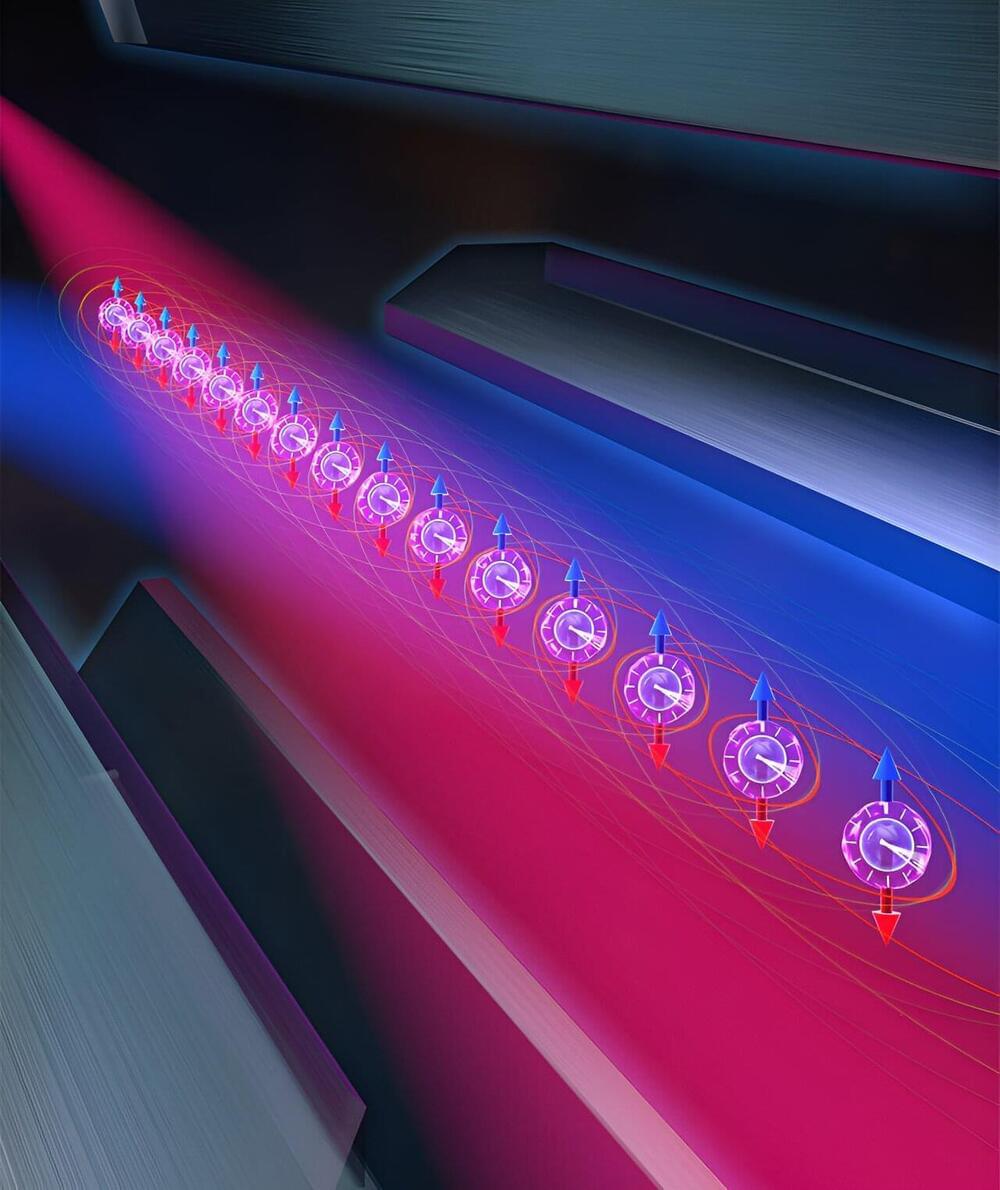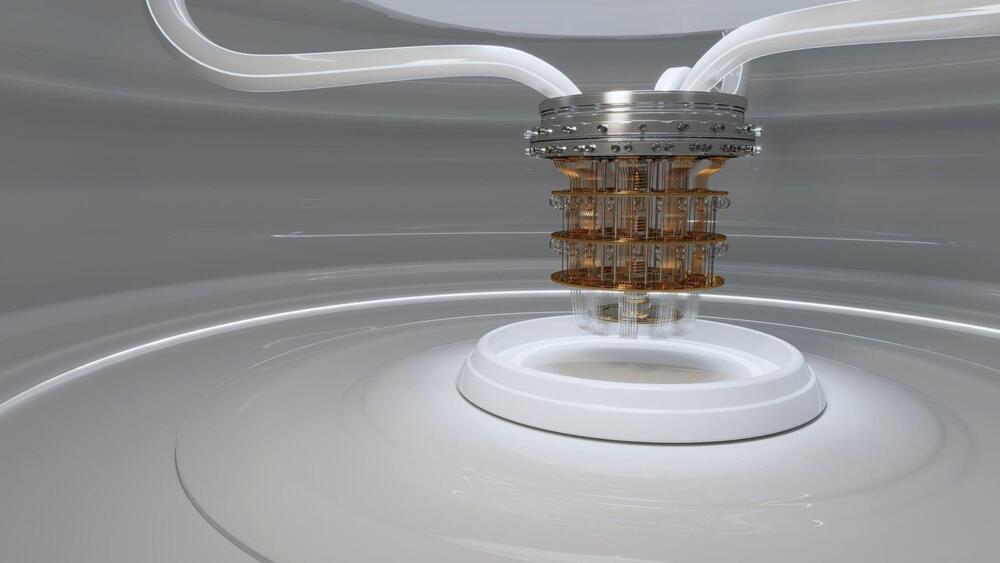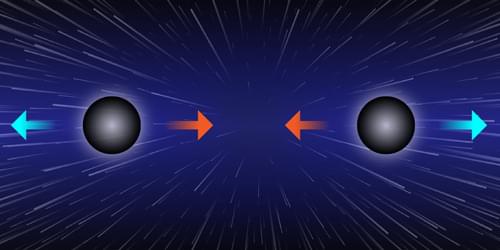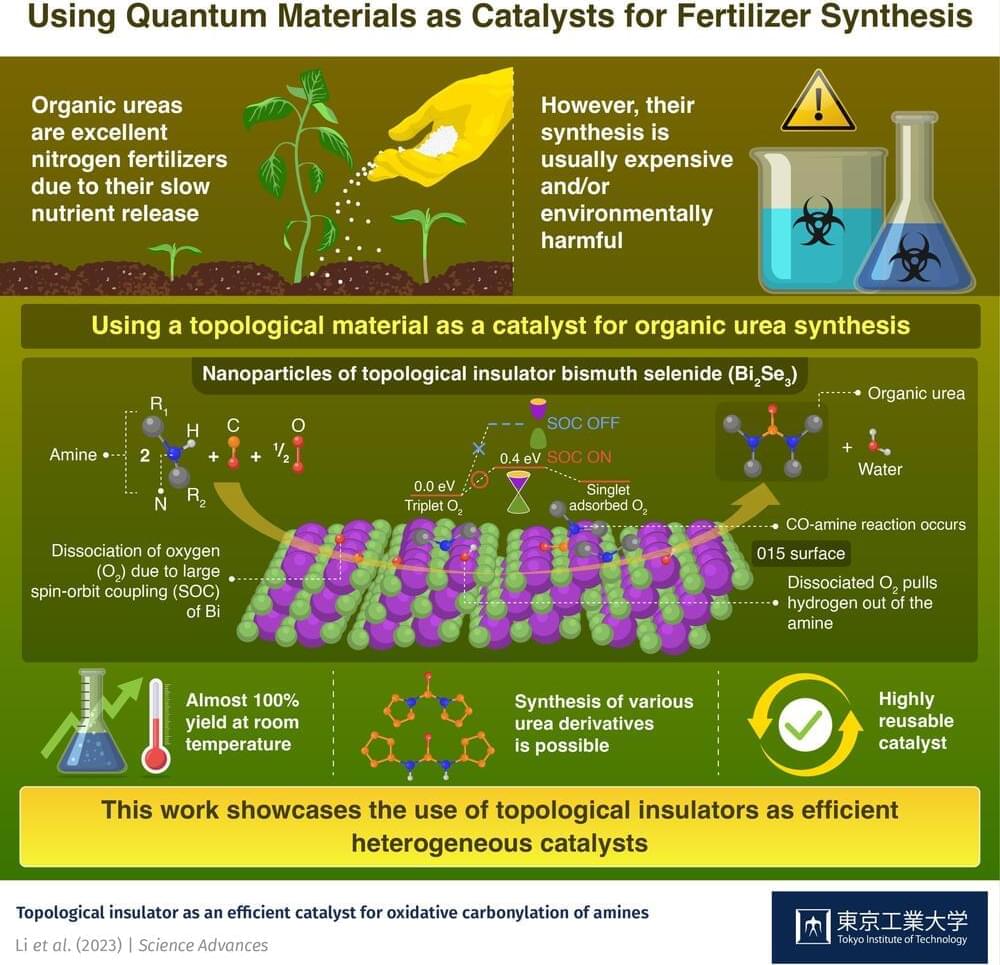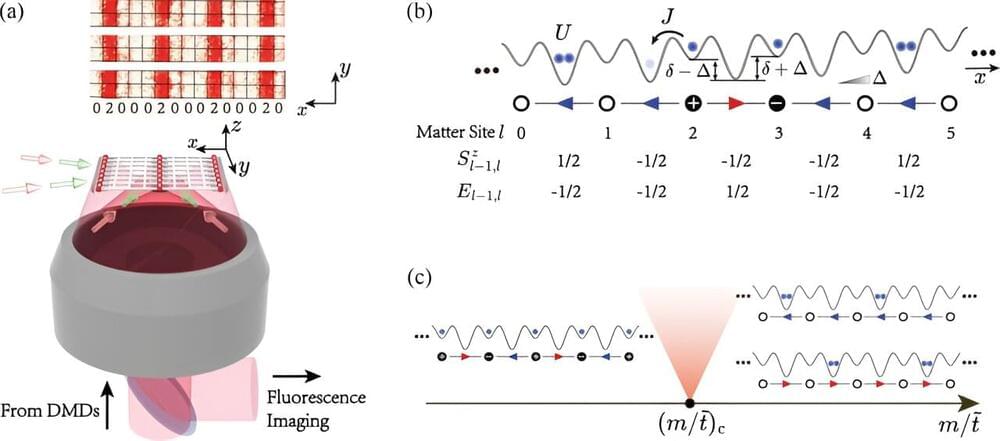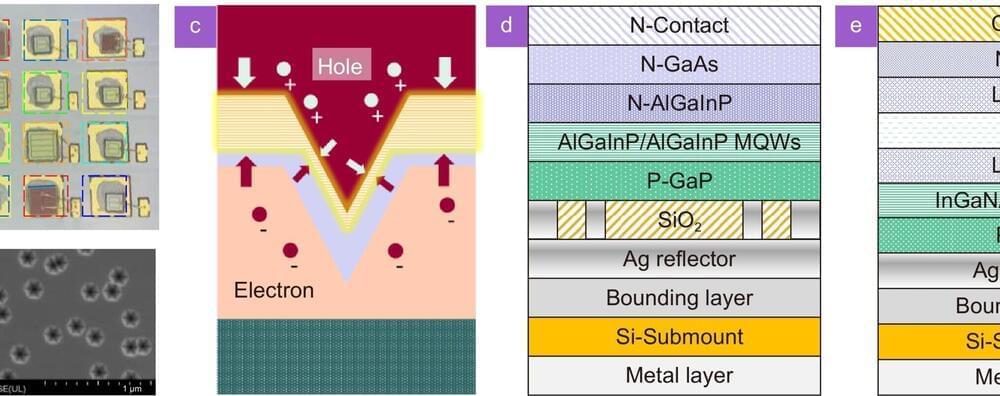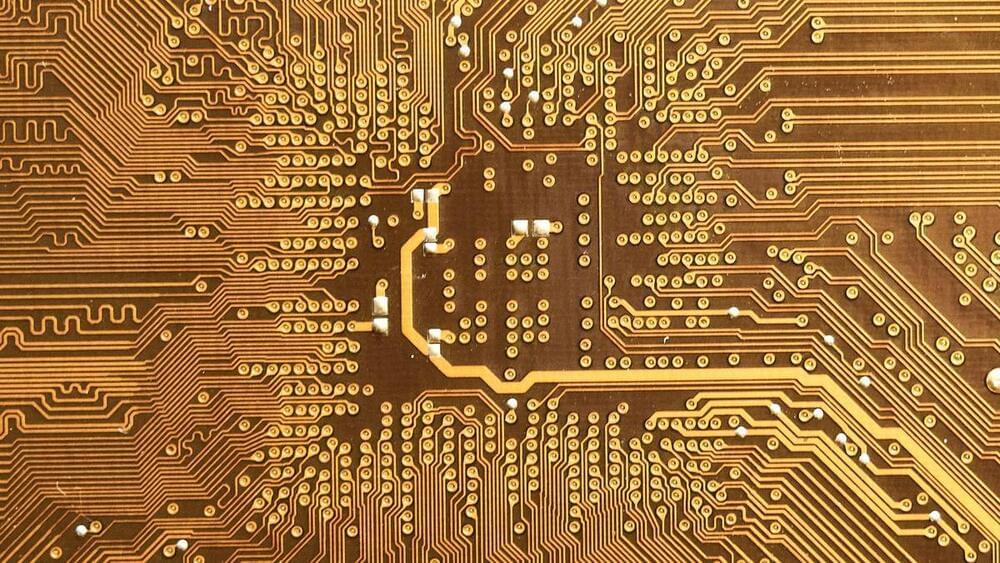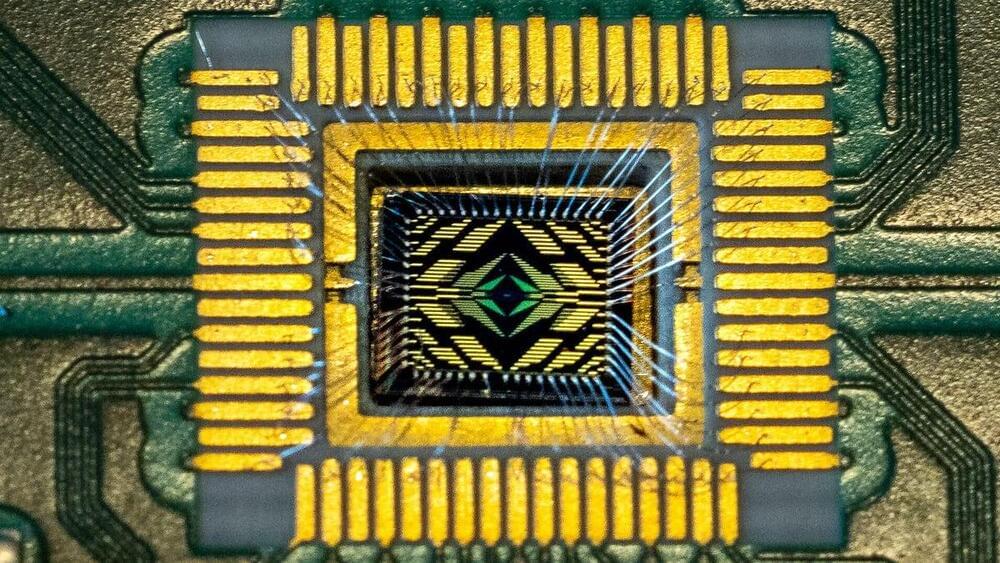Opening new possibilities for quantum sensors, atomic clocks and tests of fundamental physics, JILA researchers have developed new ways of “entangling” or interlinking the properties of large numbers of particles. In the process they have devised ways to measure large groups of atoms more accurately even in disruptive, noisy environments.
The new techniques are described in a pair of papers published in Nature. JILA is a joint institute of the National Institute of Standards and Technology (NIST) and the University of Colorado Boulder.
“Entanglement is the holy grail of measurement science,” said Ana Maria Rey, a theoretical physicist and a JILA and NIST Fellow. “Atoms are the best sensors ever. They’re universal. The problem is that they’re quantum objects, so they’re intrinsically noisy. When you measure them, sometimes they’re in one energy state, sometimes they’re in another state. When you entangle them, you can manage to cancel the noise.”
